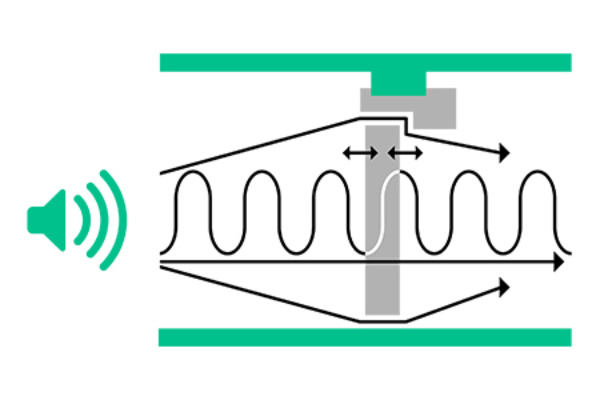Acoustic Sealing Systems Explained
Door assemblies are an integral part of buildings; and while there must be gaps around the perimeter of doors for them to operate efficiently, these gaps allow sound to pass through.
Door assemblies
Sealing the gaps around a door is therefore crucial to reduce the amount of sound entering or leaving
a room.
When fitted to external doors, Lorient seals help to isolate buildings from noise generated by roads, railways and airports. When fitted to internal doors, they help to isolate rooms from airborne noise generated within a building and so are ideal for auditoria, offices, consultation and conference rooms, colleges and universities, hotel bedrooms and individual apartments in communal dwellings; in fact - for most buildings.
Acoustic sealing systems
A door assembly needs to be separately designed and evaluated for its acoustic performance. Many doors that provide acoustic containment may also have to provide fire and smoke resistance.
Door assemblies respond to airborne sound (such as conversation or music), rather than structure-borne sound (such as footsteps or hammering). To reduce the amount of sound passing from one side to the other, we need to consider two things – the door leaf construction and the sealing system.
Sealing system principles
A door leaf will vibrate when sound hits it, and those vibrations transfer the sound from one side to the other. Sound can also pass through any gaps around the edges of the door – deep door stops or rebated edges won’t make a difference to the amount of sound transferred.
Lorient manufactures seals for all four sides of the door, to provide a complete and continuous barrier around the door when it is closed – maintaining the acoustic integrity of the doorset.
The sealing system may also control the transfer of draughts, dust, smoke and fire. Smoke and fire are particularly important, as many acoustic doors in a building will probably need to be fire and smoke resisting too, due to their location. With careful selection, just one sealing system can perform all these tasks.
For lower performances (typically up to Rw 30dB), simple sealing systems can generally be used. For higher performances of Rw 35dB and above, additional or specialist sealing is often required.
For more information about acoustics - please visit our acoustic centre.
